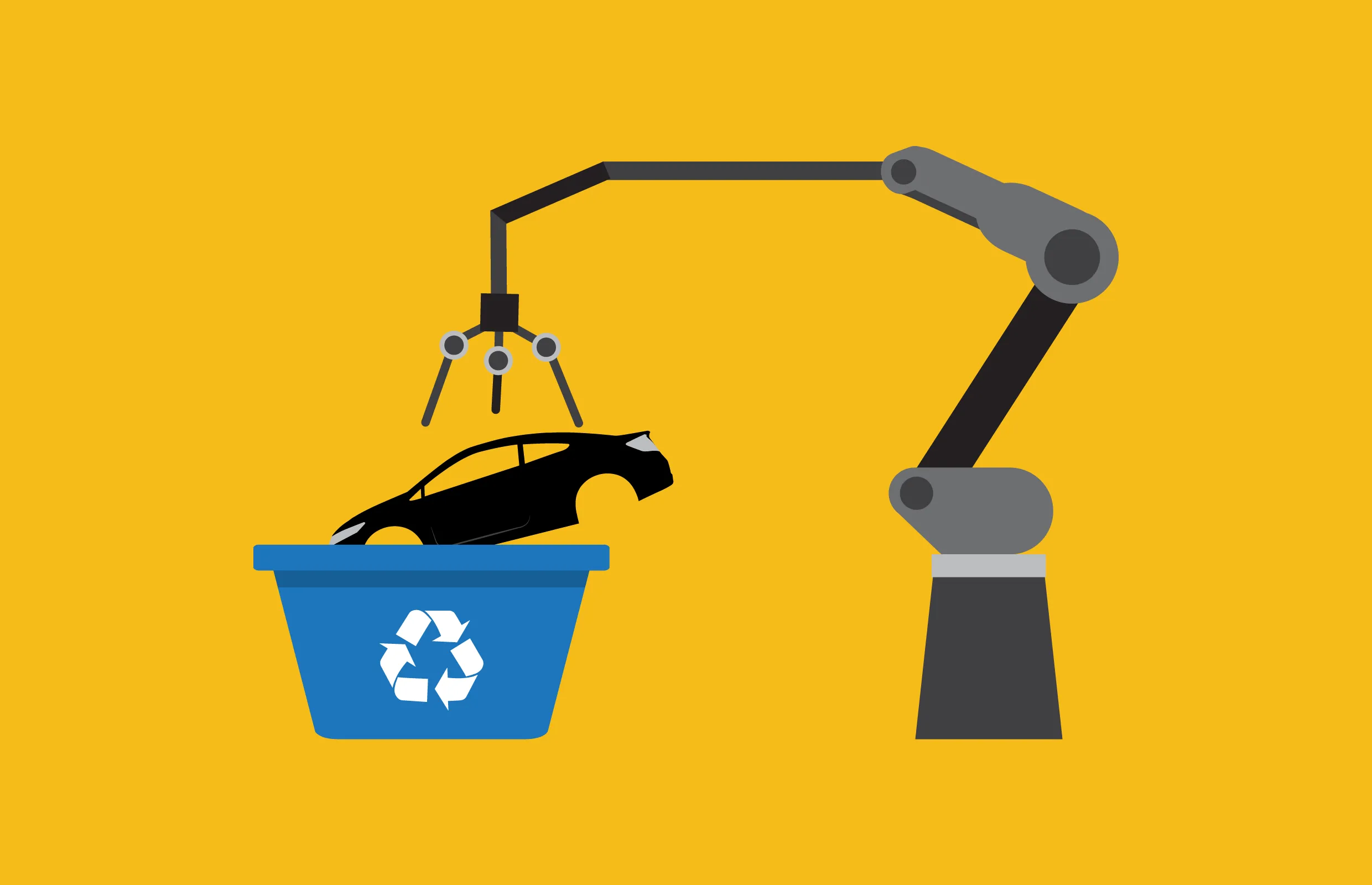Understanding the vehicle recycling process
When a vehicle reaches the end of its useful life, it doesn’t disappear. Instead, it embarks on a new journey through vehicle recycling. This intricate process involves several steps to maximize valuable materials recovery and minimize environmental impact. First step in vehicle recycling is the initial assessment, which helps create a roadmap for recycling. Once the evaluation is complete, the vehicle is prepared for recycling. To prepare for this, hazardous materials, such as batteries, oils, and fluids, must be removed, and special procedures must be performed.
Dismantling and parts recovery
After initial preparation, the vehicle enters the dismantling phase. Skilled technicians carefully remove valuable components that can be refurbished and resold. Even seemingly minor components like mirrors, lights, and door handles are salvaged when possible. This parts recovery process not only extends the life of these components but also reduces the need to manufacture new parts, conserving resources and energy. Once all reusable parts have been removed, the remaining vehicle shell is ready for shredding. Powerful machines tear the vehicle into small pieces, typically the size of a fist.
Material separation
The shredded material then undergoes a sophisticated separation process. Various technologies are employed to sort the different materials. Magnets separate ferrous metals like steel and iron. Eddy current separators isolate non-ferrous metals such as aluminium and copper. Air classification systems separate lighter materials like plastics and foam from heavier metals. For those interested in learning more about the vehicle recycling process or exploring options for their old vehicles, www.cashforcars-perth.com.au offers valuable resources and services.
Recycling and repurposing
Once materials are separated, they are sent to specialized recycling facilities. Steel and other metals are melted down and used to create different products. Plastics are processed and transformed into new plastic products or used as fuel in specific industries. Glass is specifically shaped and used in various applications, from new glass products to construction materials. Even the foam from seats The components can be recycled into carpet padding or insulation.
Environmental benefits of vehicle recycling
Vehicle recycling plays a crucial role in environmental conservation. Recovering and reusing materials significantly reduces raw material extraction. Producing products from recycled materials generally requires less energy than those made from raw materials. For instance, using recycled steel to make new cars consumes significantly less energy than virgin steel. Vehicle recycling creates jobs in various sectors, from collection and dismantling to processing and manufacturing. It also contributes to the economy by producing valuable raw materials and affordable used parts.
Future of vehicle recycling – As vehicle technology evolves, so does recycling. Similarly, electric vehicles introduce new components like large battery packs that require specialized recycling. Several researchers and industry professionals are working on developing more effective and efficient recycling technologies.
Conclusion
Vehicle recycling is a testament to human ingenuity and sustainability. It transforms waste into valuable resources, reducing our environmental footprint while supporting the economy. Understanding the vehicle recycling process helps us appreciate responsible vehicle byal by choosing to recycle our enervation, energy savings, and environmental protection.



